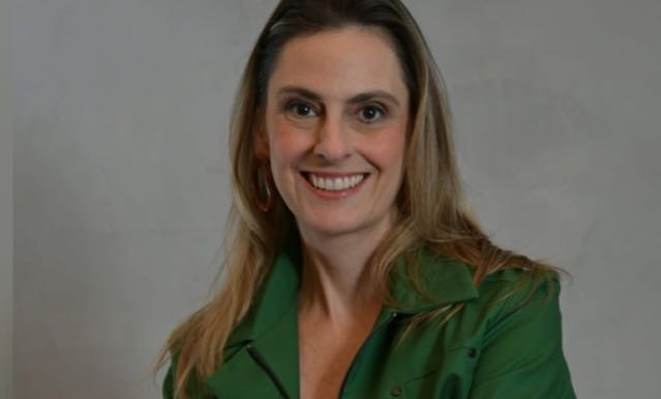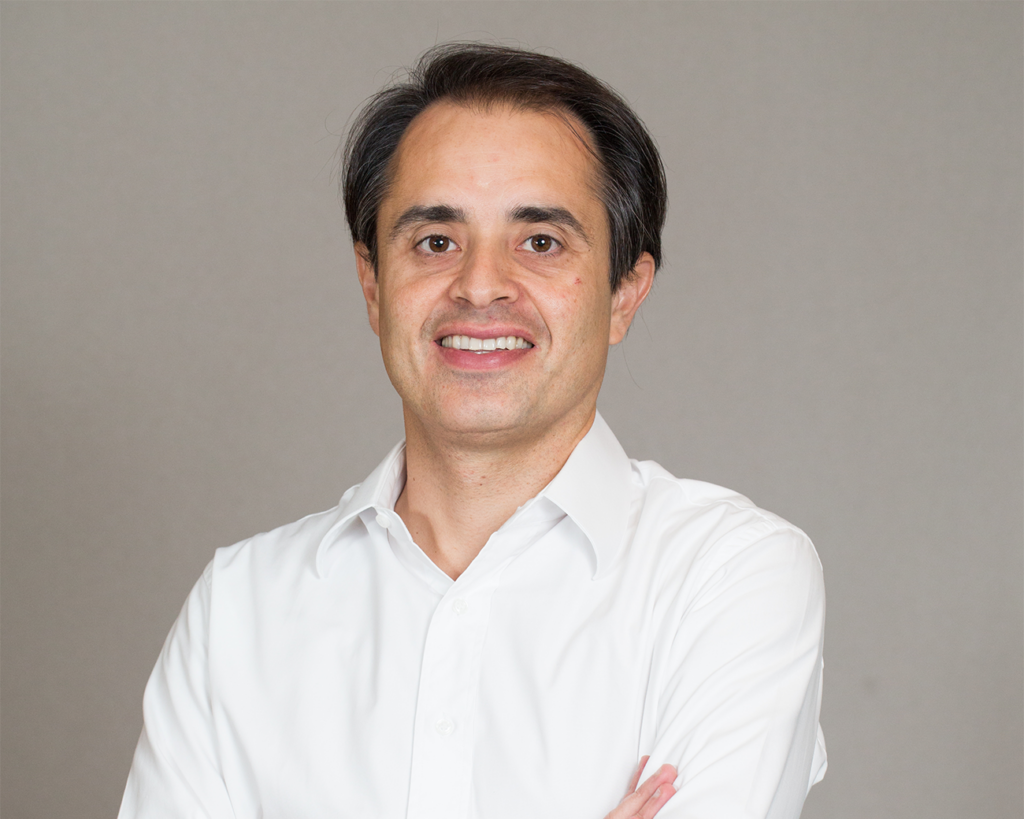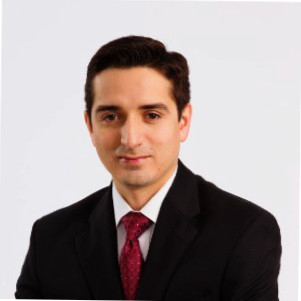LP Profiles, Member Profiles
An Interview with Ralph Keitel, IFC Private Equity and Investment Funds
27 September 2012

Ralph Keitel, Principal Investment Officer & Regional Lead for Funds in Latin American and the Caribbean at the IFC, discussed the organization’s dual mandate and the ways in which the IFC’s longstanding ESG standards are now becoming common practice across the industry.
LAVCA: Please give some background on your group at the IFC.
 Keitel: The IFC, a member of the World Bank Group, is the largest global development finance institution focused exclusively on the private sector. Our aim is to help countries achieve sustainable growth by financing private sector investment, mobilizing capital in international markets and providing advisory services to businesses and governments.
Keitel: The IFC, a member of the World Bank Group, is the largest global development finance institution focused exclusively on the private sector. Our aim is to help countries achieve sustainable growth by financing private sector investment, mobilizing capital in international markets and providing advisory services to businesses and governments.
IFC has invested in emerging markets private equity since the 1980s, and in 2000 created a dedicated funds group that now invests about $400-500 million annually in 20 to 25 funds around the world. We currently have over $3 billion committed to about 180 funds, with 15% of our portfolio in Latin America.
LAVCA: How do private equity funds fit into the overall strategy of IFC?
Keitel: IFC is first and foremost a direct investor and, with a portfolio of over $7.5 billion invested in equity, one of the largest private equity investors in the emerging markets. IFC backs private equity funds because funds, with their unique combination of both capital and expertise, have a significant effect on company growth and job creation. Funds are also used to complement IFC’s direct investment activities, often in underserved or frontier markets or in strategically important sectors.
Compared to the overall size of IFC’s annual investment program of over $12 billion, investing in funds is a small part of what IFC does but, given our focus on frontier markets and emerging managers, we have a significant impact in the space that we operate in.
LAVCA: How do you balance your investment goals in terms of both financial returns and economic development? Is there a clear dual mandate?
Keitel: In the 30 years that IFC has been investing in emerging market private equity, we have always sought to invest in the more frontier regions. Interestingly enough, we have found that this strategy has not only delivered strong developmental impact but also generated outsized returns with IFC’s returns from funds above comparative benchmarks in the EM space. So while we, indeed, pursue a dual mandate, we find that commercial returns and developmental impact usually go hand-in-hand.
It’s also interesting to see that lately many more of the large institutional investors are increasingly signing on to the concept of ESG improvements and impact investing, which is really no different from the principles that IFC and other developmental financial institutions have been promoting for years.
LAVCA: The Latin America and Caribbean region (LAC) accounts for the largest share of IFC commitments – 25 percent in fiscal year 2012, with $3 billion in financing for 135 new private sector projects. How has the proportion of funds directed towards the region changed over the years?
Keitel: There is an occasional misperception that, as we continuously move towards the frontier and increase our commitments to less developed regions, IFC no longer invests in some of the more developed countries. This is not correct as Latin America shows, where Brazil and Mexico are still our largest country exposures in the region. But within those countries our focus has shifted to the more frontier provinces or sectors that remain underserved, even as more foreign capital flows into the country.
In a country like Brazil, for example, we could obviously not invest in any of the billion-dollar funds that we’re now seeing, but that doesn’t mean that we don’t invest in Brazilian funds anymore. Just different ones, i.e. those focusing on more frontier regions like the Amazon or serrado and those with a particular focus on climate change mitigation or impact investing that targets the bottom of the pyramid.
LAVCA: What markets do you find attractive in Latin America today, and why?
Keitel: In line with IFC’s mandate, we support the private equity industry in the emerging markets by investing in countries and sectors that do not yet attract significant inflows of commercial private capital. Mexico and the Andean region are beginning to attract significant amount of capital, both from domestic pools of capital and abroad. But we believe that both markets still offer significant potential, as does Brazil in many underserved areas. We also backed two first-time funds in Central America this year as we believe there is significant potential in that region.
LAVCA: What sectors are priorities for IFC given your mandate for economic development? Do you invest in sectors that may not fit these goals but offer good returns?
Keitel: IFC’s mission is to provide people in emerging markets with the opportunity to escape poverty so IFC pays particular attention to strategically important sectors such as infrastructure, agribusiness or healthcare that either pose bottlenecks to economic growth or fail to provide essential services to the poor. Another key focus for us is the climate change space where IFC is seeking to catalyze capital to an industry that is of major significance to many developing countries facing rising levels of pollution, long-term environmental damage, crop failures and possible food shortages. Our objective here is to provide proof-of-concept by backing a new generation of funds that will demonstrate that mitigating climate change and commercial returns go hand-in-hand.
The only space where we slightly compromise our return expectations is in frontier regions where we have a special program for conflict-affected states. These countries typically rank at the bottom of the human development index and are too small to offer sufficient opportunities for private equity, so typically very few, if any, fund managers exist and IFC is instrumental in bringing together the GP teams and investors. In Latin America, IFC was an anchor investor in one such fund in Haiti which is the first dedicated fund in the country and will help to support the country’s reconstruction.
LAVCA: What are your criteria for investing in first-time funds? Do you have any restrictions from doing so?
Keitel: Over 50% of the funds we have backed since 2000 were first-time fund managers and we are proud of having been an early supporter of many of the most successful and established GPs around the world when they raised their first fund. Based upon our many years of experience, we have developed a thorough screening and due diligence process that helps us to assess whether a new GP/team has what we believe it takes to be successful in a given environment.
Private equity is mostly about the quality of the management team. We often back first-time funds but prefer people who have some track-record in PE, though not necessarily as a team. And we don’t like backing individuals but are looking for a group of people with skills and backgrounds that complement each other. More than half of our staff are based in the field and we firmly believe that all business is local. So we want our fund managers to be local as well and don’t normally back ‘fly-ins’ as we know from our own experience that good deal sourcing capacity, due diligence, value creation and exits depends on local networks, knowledge of the market and ‘feet on the ground’.
LAVCA: How does the IFC benchmark the performance of investments? Is this done by asset class?
Keitel: We benchmark the financial performance of our fund portfolio against relevant industry benchmarks such as Cambridge Associates’ Global Emerging Markets Private Equity and Venture Capital Benchmark Report. With a net IRR of 19.8% since 2000, our performance is top quartile compared to Cambridge Associates’ upper quartile threshold of 16.2% (as of the latest report in March 2012). Here, too, we get validation for our strategy from the fact that the performance of our first-time fund managers is as good as the overall portfolio.
LAVCA: What is your philosophy / strategy on re-ups?
Keitel: While a remarkably large percentage of our funds are first-time funds, we like to balance the risk by continuing to back existing fund managers – provided there is still a ‘role’ for us to play, i.e. they still need us. IFC has backed many of the world’s best-performing fund managers in their early days, but it’s quite normal that, as these managers successfully build their track-record, attract new sources of (private) capital and raise larger funds, we eventually drop out and instead invest our capital (and profits) with a younger generation of fund managers and begin the process over.
But while it’s always sad to part ways after 10+ years, we also find that larger funds often are unable to deliver the same outperformance that smaller ones can, i.e. we just don’t think it’s realistic to expect a GP to deliver the same double or triple digit IRRs on a very large fund as they did when they were investing a much smaller one.
LAVCA: Can you give any advice for GPs that are looking to work with the IFC?
Keitel: Besides the team criteria mentioned above, we pay a lot of attention to deal flow/pipeline and the ability to access a sufficiently large number of high-quality deals. In this regard, the funds team benefits a lot from having experienced industry colleagues and specialists around the world that can help us to assess not only the technical capabilities of the GP but also the quality and robustness of their pipeline.
Secondly, GPs should recognize that IFC is very concerned about reputational issues and should learn to ‘speak our language’ in regards to environmental & social practices, terms and overall fund governance. We take a lot of risk backing first-time fund managers in some of the most difficult environments so we can’t make any compromises when it comes to governance and reputation.
You may be interested in...
-

Luciana Antonini Ribeiro, eB Capital
Executive: Luciana Antonini Ribeiro, Co-Founder and CIO Member Name: eB Capital Year...
-

Cristiano Gioia Lauretti, Kinea Private Equity
Member: Kinea Executive: Cristiano Gioia Lauretti, Head of Private Equity HQ: São...
-

Maria Pia Iannariello, MGM Innova Capital
LAVCA recently spoke with Maria Pia Iannariello, Co-Founder & COO of MGM Innova Capital,...
-

Rafael Ramirez, Portfolio Manager, Alaska Permanent Fund Corporation
LAVCA recently spoke with Rafael Ramirez, Portfolio Manager– Private Equity &...